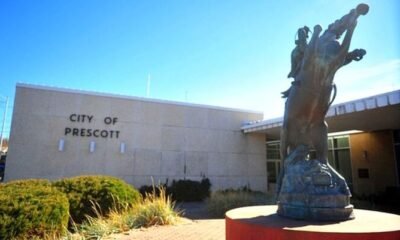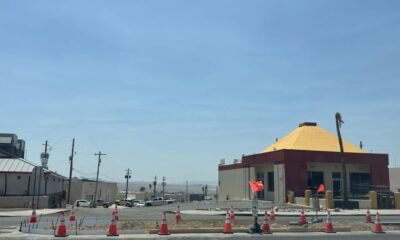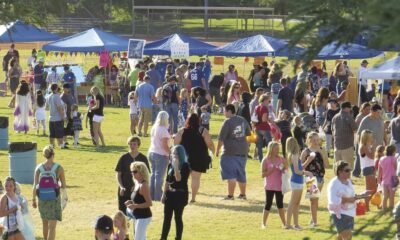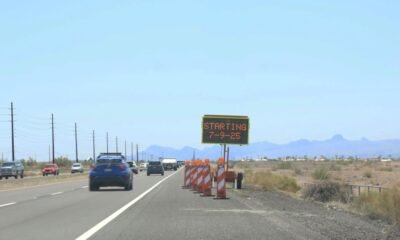Editorials & Opinions
Disappointing 44.32% Voter Turnout Leaves Sedona City Council Without a Mandate
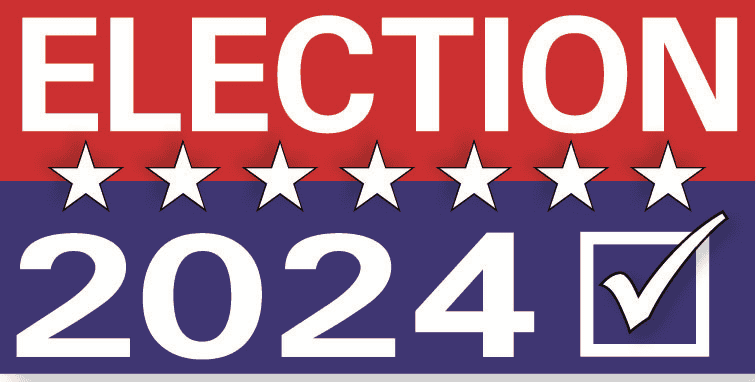
Following the release of election results from July 30, disappointment looms over Sedona as residents grapple with stark voter apathy in both the mayoral and city council races. The data reflects a significant decline in participation, suggesting a troubling trend for the community’s electoral engagement.
Voter turnout in Sedona plummeted to 44.32%, a steep drop from 80.7% during the mayoral race in November 2022. Approximately 45.1% of those who voted in 2022 abstained from participating in this election cycle.
Comparatively, Yavapai County, typically a leader in voter engagement, recorded a turnout of 45.9% for this election—an unprecedented dip in recent history. Historically, Yavapai has enjoyed turnout rates 5% to 10% higher than other counties, peaking at 87.63% during the 2020 general election. In stark contrast, Sedona’s rates during that period stood at an impressive 89.64%.
The lack of enthusiasm was evident in the July results, possibly marking the lowest turnout ever for a contested election in the city. This decline does not seem to stem from the seasonal profile of a summer primary; a comparison with the 2022 primary shows that 4,434 votes were cast then—1,274 more than July’s mayoral race, which saw only 55.56% turnout.
Further analysis reveals that even in the face of considerable challenges, including a pandemic and limited federal competition, earlier primaries saw higher engagement. For example, in the 2020 primary, voter turnout exceeded 49%, illustrating that past tumultuous circumstances have not deterred residents from making their voices heard.
Scott Jablow emerged as the 2024 mayoral victor with a mere 1,712 votes across both Yavapai and Coconino counties—fewer than the 1,770 votes garnered by 2022 candidate Samaire Armstrong in just Yavapai County. Jablow’s reelection bid yielded only 52.7% of the votes he received in 2022, indicating a significant decline in support.
The repercussions of Jablow’s lack of appeal are stark; had lost voters from the past two years opted for a third option, the mayoral race might have necessitated a runoff. Jablow now represents only 24.01% of Sedona’s registered voters—far from a decisive mandate.
The city council race saw a similar trend, as candidates were unable to secure substantial backing from those who did vote. With 1,691 undervotes—ballots where voters did not select the maximum number of candidates—the dissatisfaction with options is clear. Between 18% to 30% of voters chose not to fill out their ballots completely, indicating a significant disconnect between residents and the electoral options available.
This dismal turnout serves as a wake-up call for candidates who invested time and resources into their campaigns. Winning by default, amid a backdrop of apparent voter disengagement, does not warrant celebration. It raises important questions about the candidates’ appeal and the overall state of democracy in Sedona.
Public engagement in community matters remains high, as evidenced by active discussions in council meetings and on social media. However, the lack of compelling choices appears to dissuade residents from participating in elections. Moving forward, it is crucial for the Sedona City Council and candidates to foster a more inclusive and appealing electoral environment.
We encourage proactive measures, including voter outreach campaigns and educational forums, to invigorate the community’s participation in future elections. Elected officials must aim to represent a broader segment of the electorate, ensuring that more than just a fraction of voters determine the city’s future.


